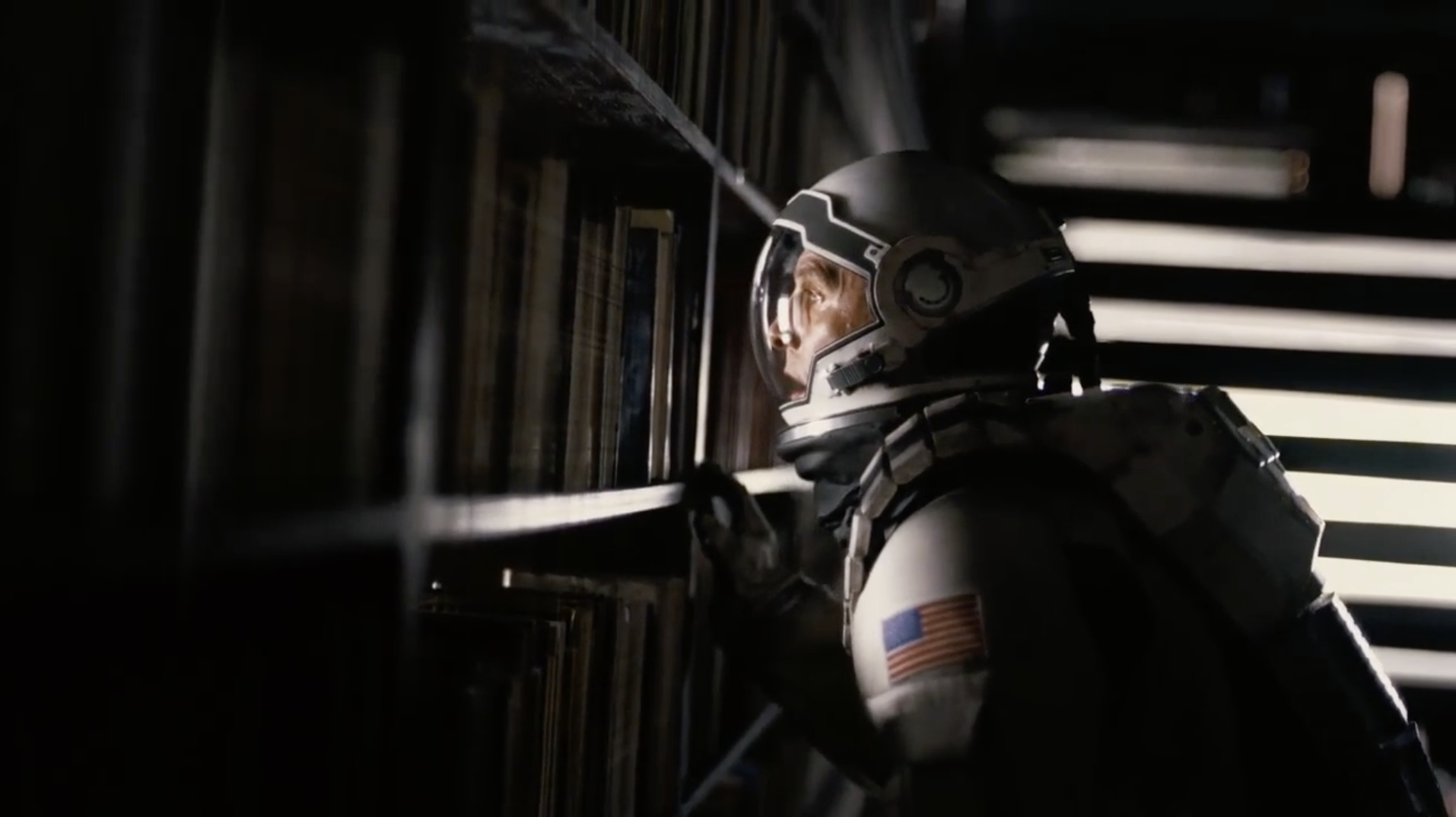Artist Blog
Every week an artist whose single image was published by Der Greif is given a platform in which to blog about contemporary photography.
On image and time: a gear of different temporalities
Dec 01, 2016 - Diego Ballestrasse
Hello from Barcelona, in my first post I want to tell you about a literary and cinematographic reference which influenced me during the development of my work, The Fourth Wall.
During the initial phase of The Fourth Wall, the research process, I noticed the multiple studies on time and space covered from different points of view, among which I highlight Jorge Luis Borges’s. At different points in his literary work, Borges tackles the study of convergent times and the rupture of temporal linearity; he approaches these ideas in “The Babel’s Library “ (1941) and in “The Aleph” (1945).
Borges’s star is found in multiple films, as is the case of Interstellar (Christopher Nolan, 2014). On the end of the film, in the sequence of the hypercube in which Cooper is trapped, and is allowed to physically communicate over time using gravity, the library that Borges imagined is represented.
The scene shows Cooper trying to talk to his daughter from behind the shelves of her home library, an infinite library multiplied by each one of the moments of history:
This idea of fusion of time and space, also appears in the short story, The Aleph (1944), in which Borges describes a point in space where all the other points of space-time coexist, a point in the space that contains the entire universe:
“El diámetro del Aleph sería de dos o tres centímetros, pero el espacio cósmico estaba ahí, sin disminución de tamaño. Cada cosa (la luna del espejo, digamos) era infinitas cosas, porque yo claramente la veía desde todos los puntos del universo.”
“The Aleph’s diameter was probably little more than an inch, but all space was there, actual and undiminished. Each thing (a mirror’s face, let us say) was infinite things, since I distinctly saw it from every angle of the universe”
In this sense, we can say that the relationship between image and time is a gear of different temporalities. The image, every image, is, in essence, a multiplicity of times and, in turn, a “form” that is frequently updated, which renews processes of the past, which “crystallizes time” but also allows the emergence of aspects of the past that are not relegated to their time of production.
In The Fourth Wall, I address the familiar photographic archive from the present as an intruder that submerges in other times. The work process has proved to be a way of getting involved and feeling part of the family history through the archive and the photography, thereby rediscovering the potential of the imaginary that allows the photographic medium.


